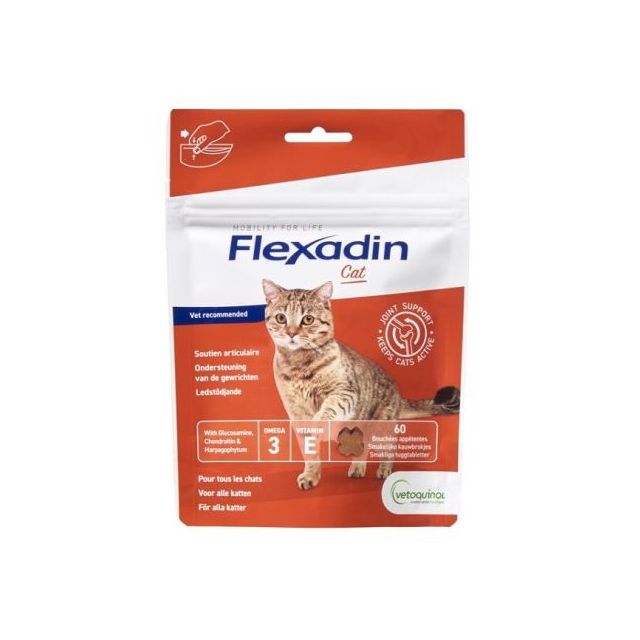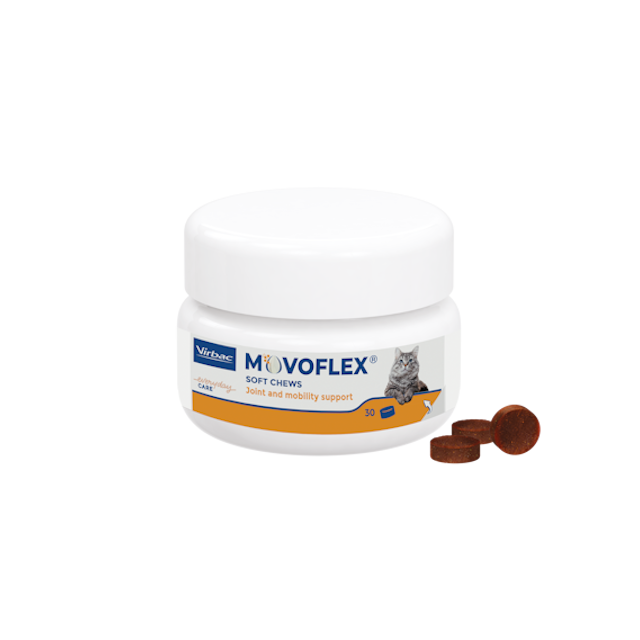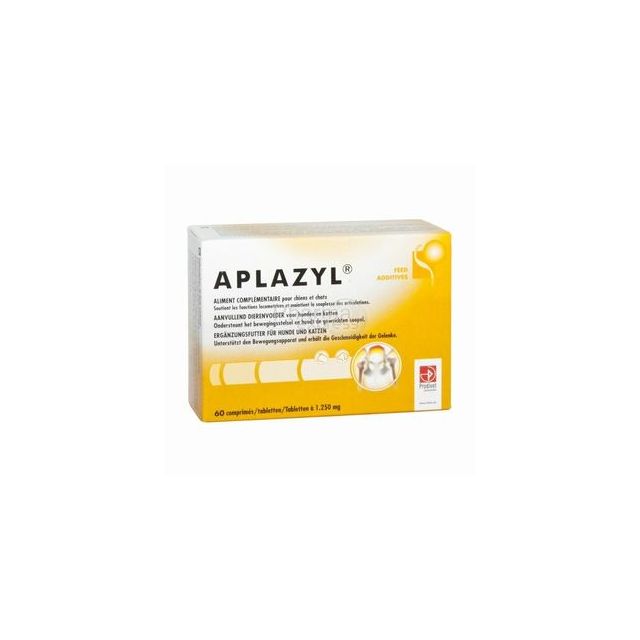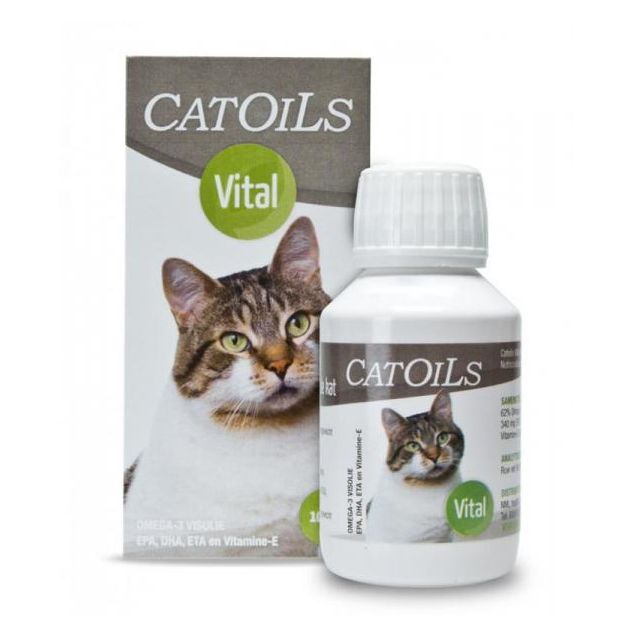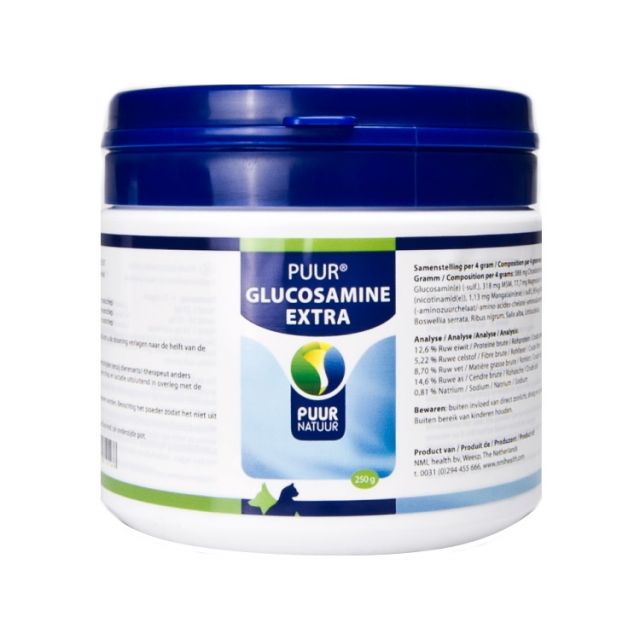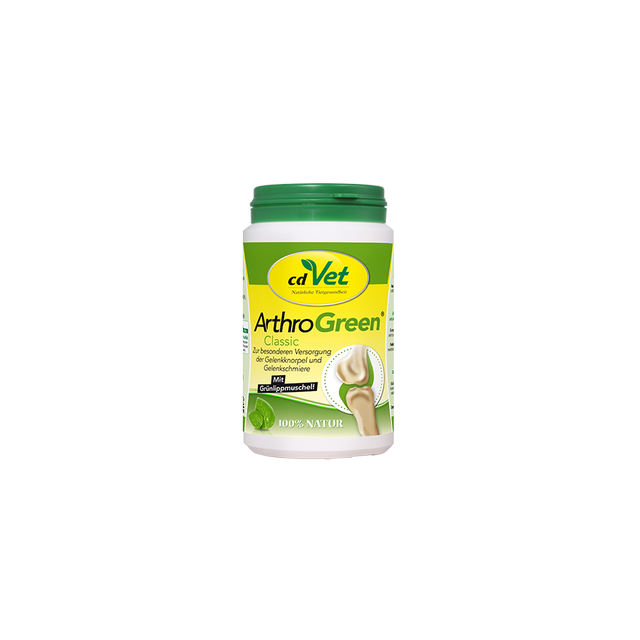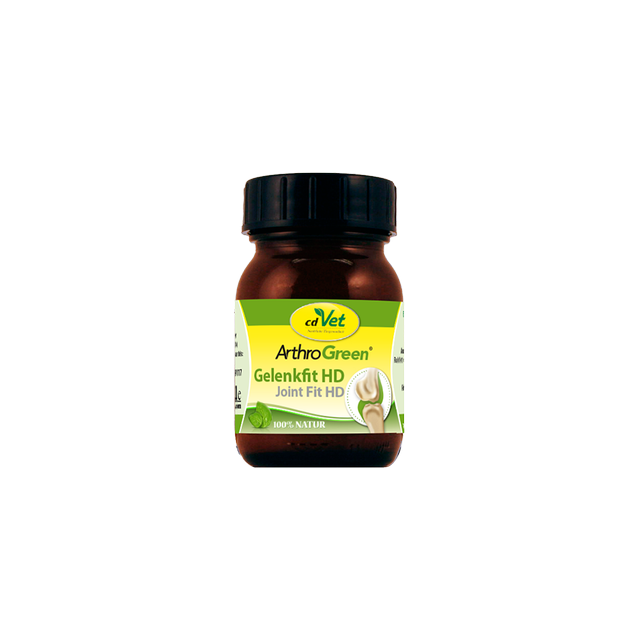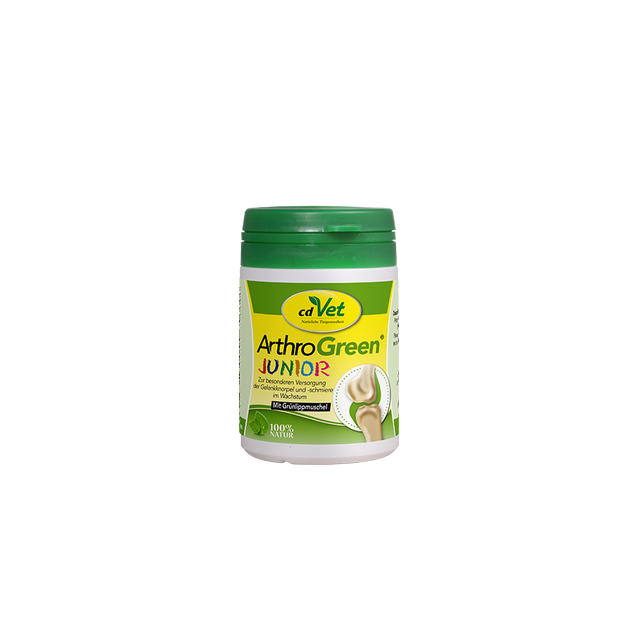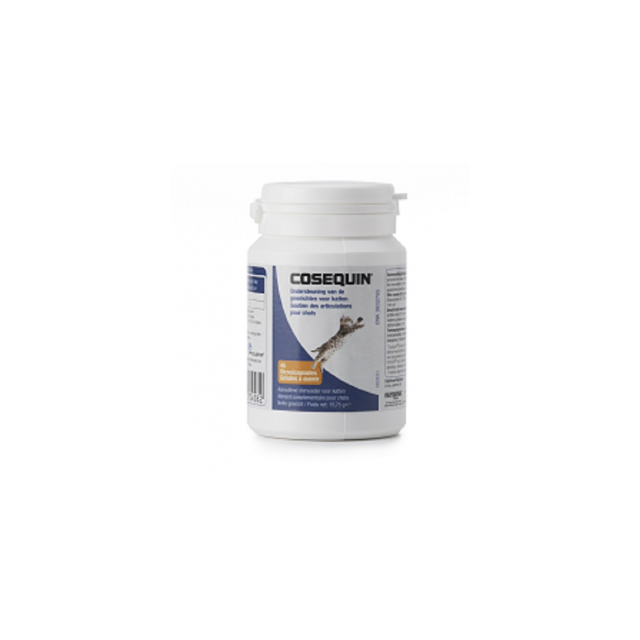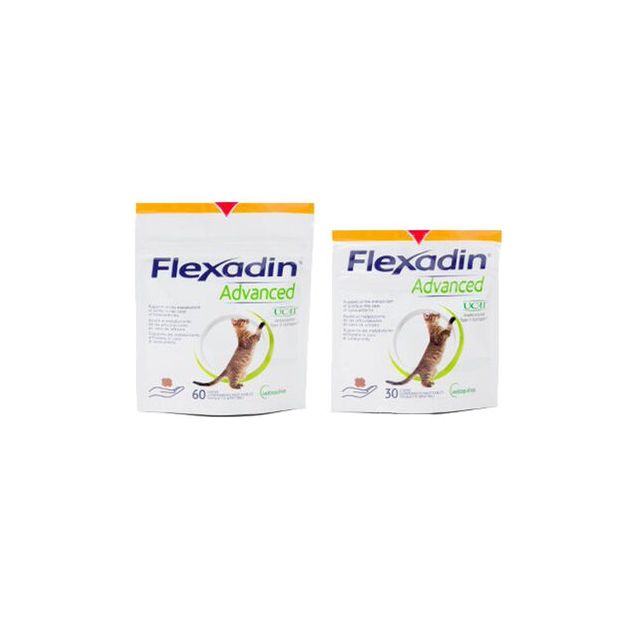The joints of the cat
Joints are located between two bone ends and allow the bones to move relative to each other; they function as a kind of ‘hinge’ and shock absorber.
A cat always lands on its feet
The ends of the bones between which the joints are located are covered with a layer of cartilage. Cartilage is a soft tissue without blood vessels or nerves. Cartilage serves as a shock absorber. Due to their flexibility and good balance, cats usually land on their feet, even when they fall from a great height. The cartilage ensures that the impact of the fall is cushioned. Inside the joint is fluid, also known as joint fluid or synovia. The joint fluid provides good lubrication of the cartilage during movement and nourishes the cartilage. The two bone parts are held together by the joint capsule and various ligaments (such as the anterior cruciate ligament).
Joint problems in cats
The most well-known problem with cat joints is osteoarthritis. Osteoarthritis is the wear and tear of the joints and occurs in a very large percentage of especially older cats.
Unlike certain dog breeds, other joint disorders such as hip and elbow dysplasia and torn cruciate ligaments are not as common in cats. Hip dysplasia is seen especially (but not exclusively) in larger breed cats, such as the Maine Coon.
A joint problem that occurs more frequently in cats is patellar luxation, or a dislocated kneecap.
After an accident (such as a collision, falling from a balcony, or getting trapped in a tilting window), hip dislocation (hip out of socket) occurs regularly.
Symptoms of joint problems
The main symptom of joint problems in dogs, lameness, is often NOT seen in cats with joint problems (but it can be!). As a result, joint problems in cats are often only recognized at a late or more severe stage. In cats, it is often more subtle behavioral changes that indicate they have pain in their joints. What might you notice if your cat has joint problems?
- Difficulty in jumping up or down: this is not always immediately obvious, as cats often have a good sense of whether they can make a jump. If they doubt, they don't jump. So it may just be noticeable that your cat no longer gets onto the countertop or suddenly prefers a different resting place than the windowsill.
- Sleeping more and/or being less active.
- Being moodier.
- Being more or less affectionate.
- Not enjoying certain touches anymore.
- Showing aggression towards you or other animals in the house.
- Worse coat condition: if a cat can't groom itself properly due to back pain, it often results in a greasier or messier coat, or matting.
- Urinating outside the litter box: if accessing the box is difficult or painful (for example, due to a high entry or a door that hits the painful hips) or if assuming the squatting position to urinate is no longer possible, this may be the first thing you notice.
- A different body posture or sleeping position.
- Using the scratching post less.
The National Information Center for Companion Animals has written an interesting article about recognizing pain in cats.
The Diagnosis of Joint Problems in Cats
If you notice that your cat is behaving differently and you suspect that pain might be the cause, it is very wise to visit the veterinarian. Through a thorough physical and orthopedic examination, the veterinarian can determine the location of the pain. Sometimes it's necessary to take X-rays, and in some cases, a scan may be suggested.
The Treatment of Joint Problems
The treatment (and prevention) of joint problems in cats often consists of various components.
Painkillers and/or Anti-Inflammatories
Even if you don't notice that your cat is in pain, most joint conditions do indeed hurt. An important part of the therapy, therefore, is pain relief. If the pain is reduced, your cat will move more, which will make the joints more flexible.
Nutrition and Supplements
Some nutrients are known to have a positive effect on joint problems. It can, therefore, be beneficial to adjust their diet. There is special cat food for cats with osteoarthritis, containing ingredients that help your cat move more easily.
If you and your cat are satisfied with the current diet, you can consider a supplement. Fish oil is known for its 'lubricating' and anti-inflammatory effects.
Seraquin Omega Cat and Catoils Vital are supplements high in EPA and DHA, the beneficial omega-3 fatty acids from fish oil. Additionally, supplements like Flexadin Advanced Cat, Fortiflex, and Puur Arthro can help your cat move more easily.
Exercise
Cats with joint problems tend to move less, yet depending on the specific problem, they often need to stay active. You can help them by creating 'stepping stones' to their favorite spots, so they don't have to jump as high. You can also lay down rough carpets if the floor seems too slippery, or remove woolly rugs if your cat keeps getting its claws caught in them. Physiotherapy or movement advice can also be extremely beneficial.
A Healthy Weight
If cats move less, they often gain a lot of weight. Needless to say, overweight is a huge additional burden on the already painful joints. Maintaining or achieving a healthy weight is essential. A special diet food such as Sanimed Weight Reduction Cat can help with this.
Other Treatments
For some joint problems such as patellar luxation or a broken femoral head, surgery may be necessary. Alternatively, immobilization (a splint or crate rest) may be the solution. Additionally, laser therapy often yields good results.
Joint problems in cats are common and are unfortunately often detected late because cats are masters at hiding pain. Moreover, osteoarthritis complaints are often trivialized as 'my cat is just getting older.' However, it is very useful to go to the veterinarian at the first subtle signs of pain. If joint problems are recognized at an earlier stage, the progression (worsening of the problem) can often be halted with diet(supplements) and movement advice. And of course, you don't want your beloved pet to be in pain!
If you have a question about our products or about your cat's joints, please contact us.


